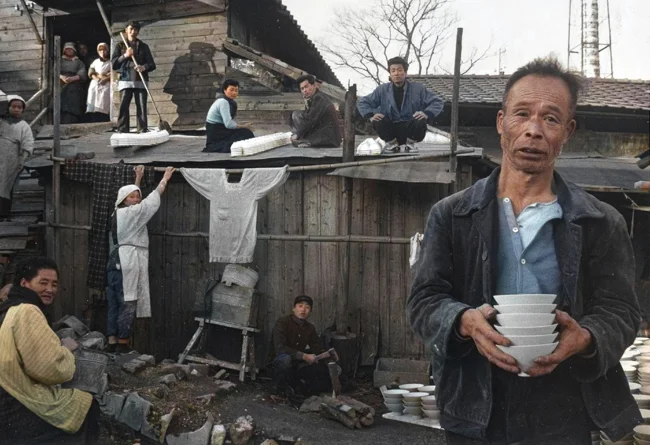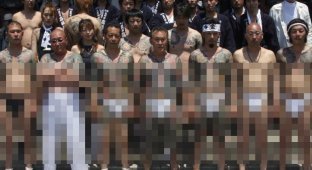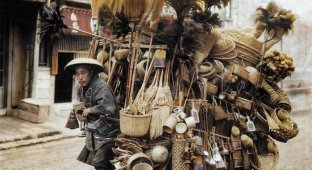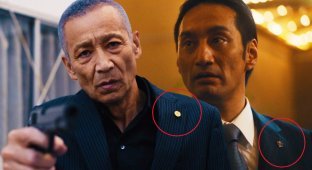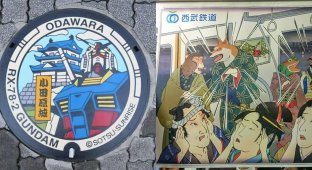Interesting Photos from the Past of Asian Countries. 20 Colorized Photos of the 20th Century (21 photos)
The 20th century was a time of dramatic change for Asian countries, from colonialism to economic growth and technological advancement. Struggles for independence, social change and war defined the period. Despite the difficulties, many countries today are among the leaders of the developing world. 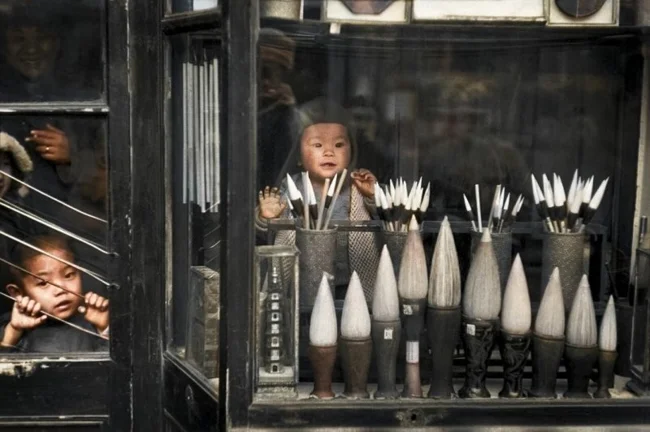
Japanese gangsters (yakuza), Osaka, Japan, 1960.
The yakuza are organized crime groups that have traditionally operated in Japan. They have a long history and complex structure, and their activities span both legal and illegal spheres. Osaka, one of Japan's largest cities, is considered one of the yakuza's centers of influence.
The yakuza have a strict hierarchical structure, reminiscent of a family. At the top is the leader (or "oyabun"), who is respected like a father. Members of the organization are bound together by principles of loyalty, respect, and obligation, which are formalized in the form of a "patron-subordinate" relationship.
One of the unique features of the yakuza is their own code of honor, called nikkahon . It requires loyalty, honesty within the organization, and protection of the weak. This creates a paradoxical situation: despite their criminal nature, the yakuza are sometimes perceived in Japan as part of a society capable of solving problems that the official authorities ignore. 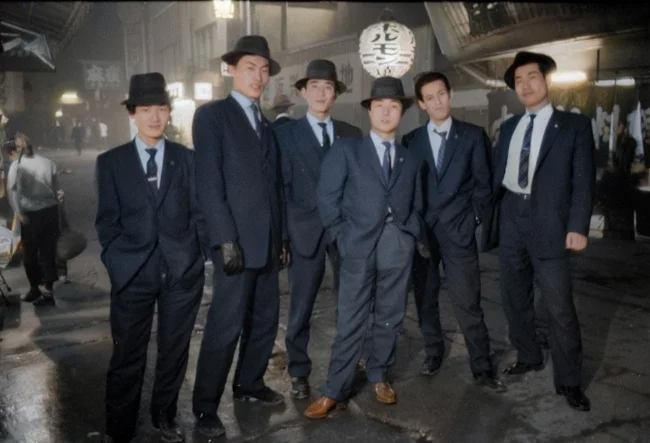
Activists gathering in Nam Kan Forest hide their faces from each other. Vietnam, 1972.
In 1972, in the midst of military conflict and political instability in Vietnam, activists gathering in Nam Kan Forest preferred to hide their faces even from each other. This precaution was due to the harsh conditions of the time. 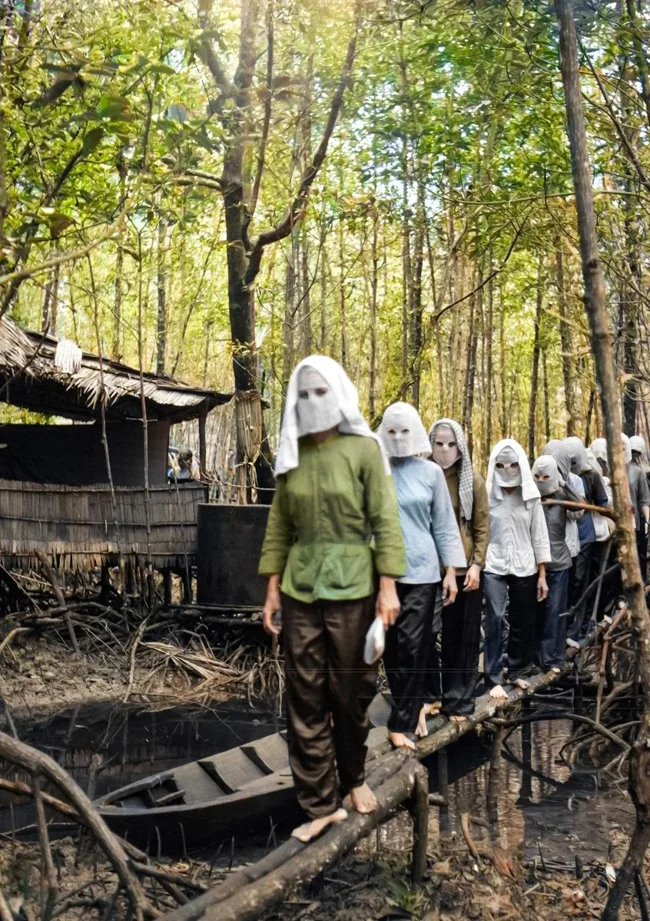
Double-decker tram. Hong Kong, 1960s.
The first double-decker trams in Hong Kong appeared at the beginning of the 20th century and became an important part of the city's transport, reflecting the desire to modernize and improve the efficiency of passenger transportation. Today, Hong Kong is one of the few cities in the world where double-decker trams continue to be actively used.
1912 was a turning point for the Hong Kong tram system: it was then that double-decker trams were first put into operation. This innovation allowed for a significant increase in the capacity of vehicles, which was extremely important for the growing city. 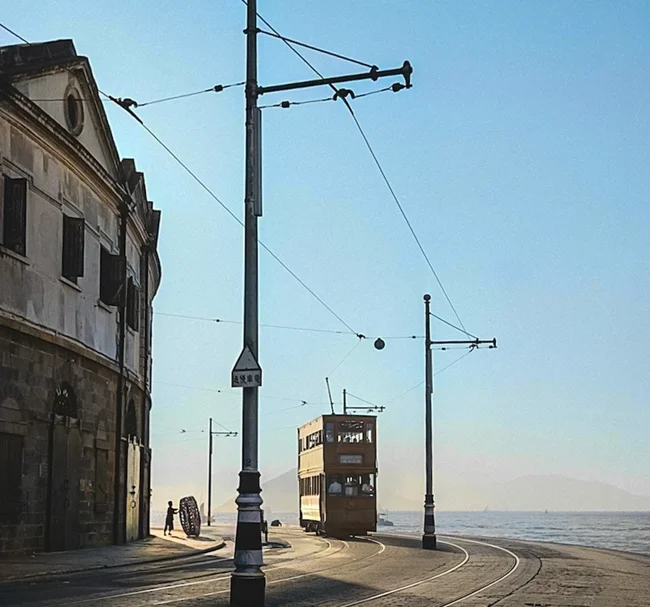
Unloading corn sent by foreign countries to help famine-stricken areas of India. Port of Calcutta, 1951. 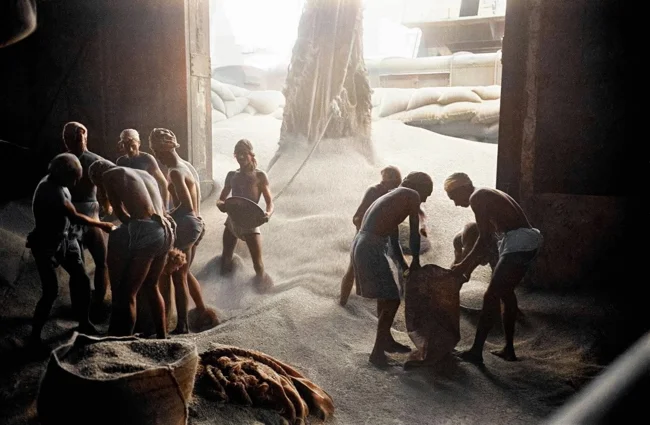
Busan, South Korea, 1950s.
Children of War. After World War II ended in 1945, Korea, which had previously been under Japanese occupation, was divided along the 38th parallel into two zones of influence: North Korea (DPRK), ruled by the communists under Kim Il Sung, and South Korea (Republic of Korea), supported by the United States and other Western countries, under President Rhee Syngman.
The aftermath of the war: About 3 million people died, including civilians. Millions of Koreans became refugees, their lives were ruined.
The Korean Peninsula was almost completely destroyed. Cities, infrastructure, and agriculture were destroyed. Korea was left divided into two states with opposing ideologies.
The conflict became a symbol of the Cold War, increasing tensions between the United States and the Soviet Union. 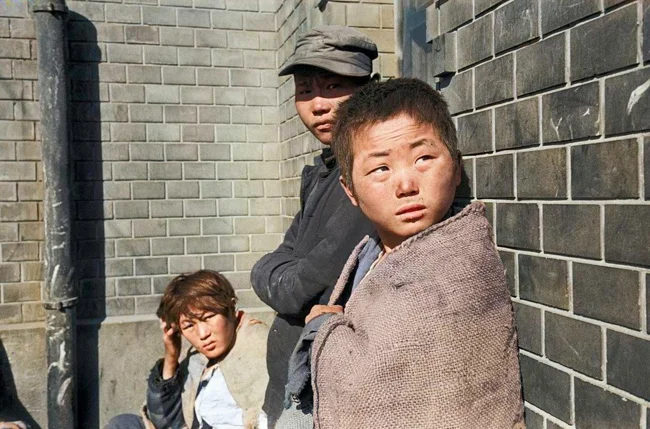
A shop window of a tassel merchant, Beijing, 1948. 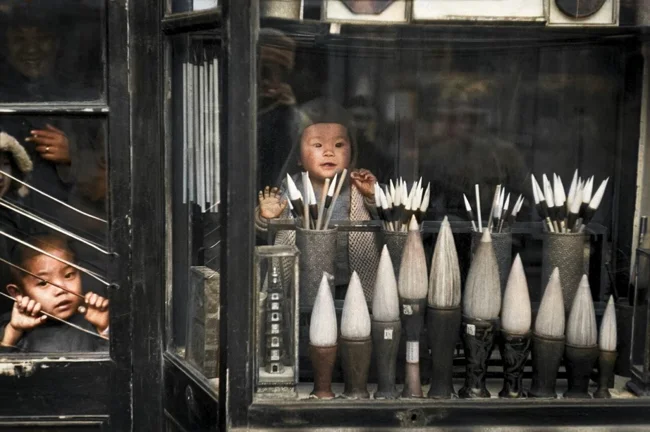
Toshiba's new videophone, the 500 View Phone, undergoes testing at the company's Tokyo headquarters, 1968. 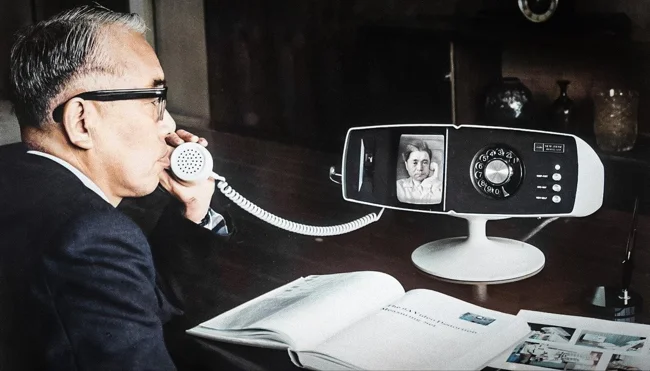
Balance. Hong Kong, 1950-60s. 
Carrying timber for construction. China, 1917-1919. 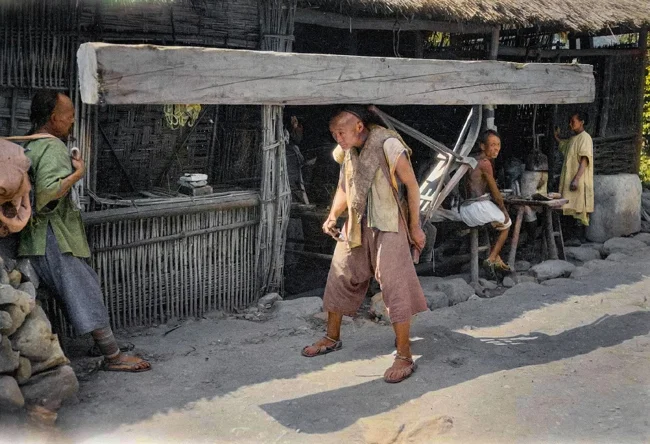
A Japanese girl sorts pearls grown at the Kokichi-Mikimoto pearl farm, 1949.
In the post-war period, Japan sought to revive its war-torn economy, and the pearl business made a significant contribution to this process. Thanks to the development of pearl farming technology, it turned into a valuable export resource that helped the country earn much-needed foreign currency. 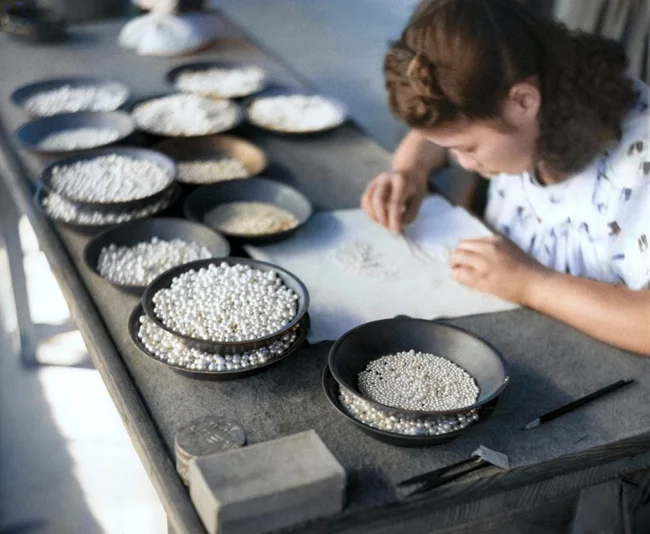
"The Venice of Hong Kong", 1950s. 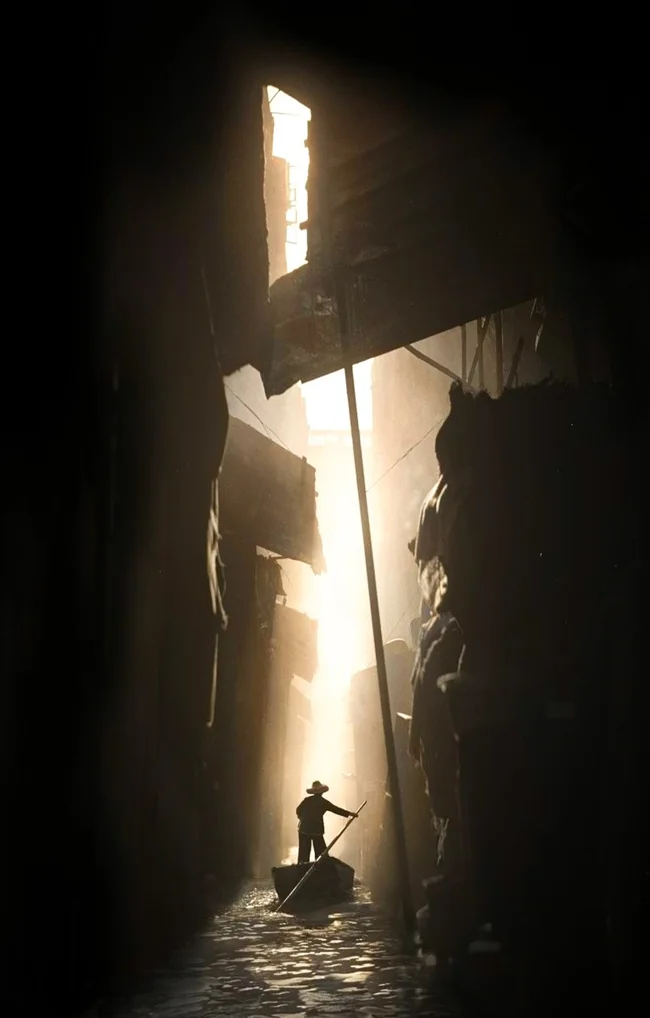
Plowing a field in the Red River Delta, Vietnam, 1952.
The water buffalo was traditionally used for heavy agricultural work, such as plowing rice fields. Its strength and ability to work in flooded areas made it an indispensable assistant to farmers. 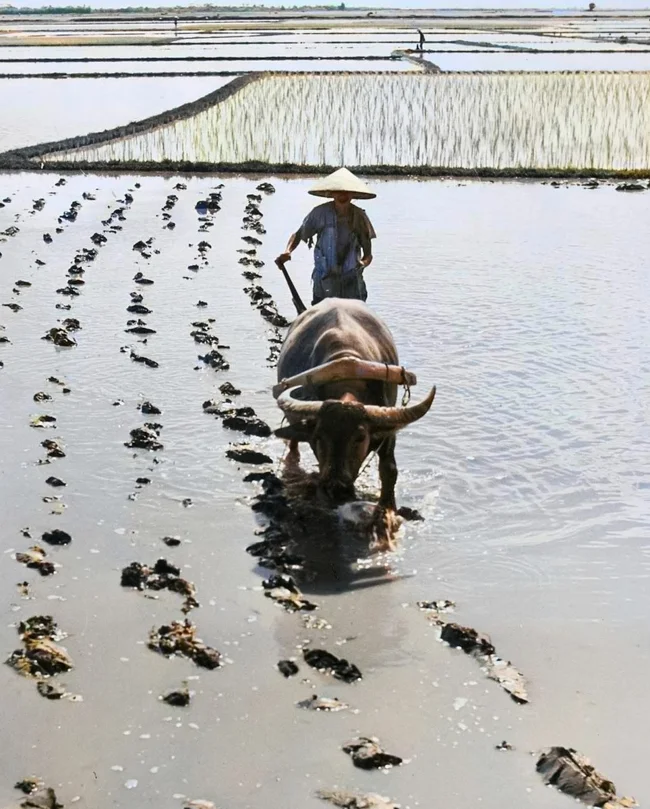
Hong Kong, 1952. 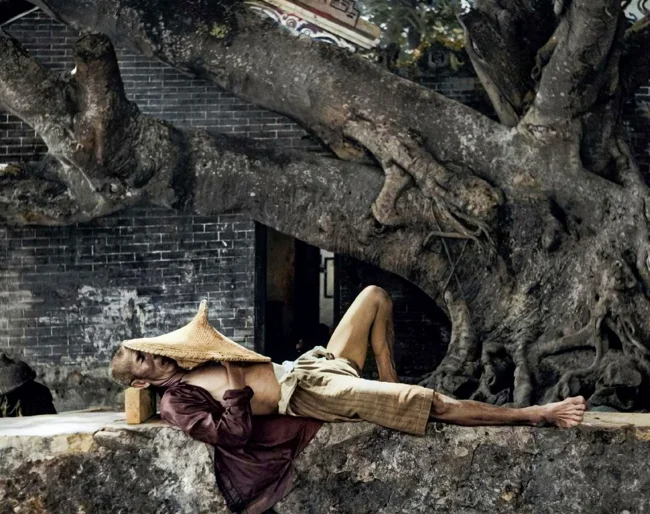
China, 1950s.
This photo looks like a real work of art - it is so beautiful and perfect. It is like a painting created by the hand of an artist, where each element fits perfectly into the overall composition. Such pictures cause admiration and remind us that reality can be as beautiful as art. 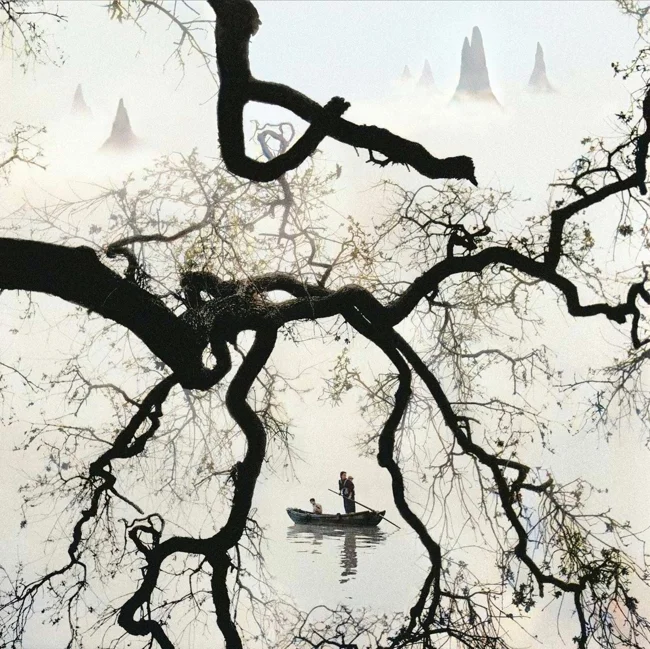
Childhood. Hong Kong, 1959. 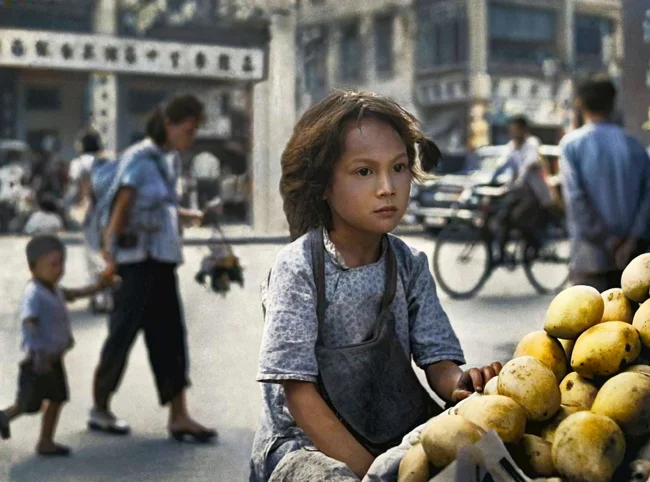
China. 1955. 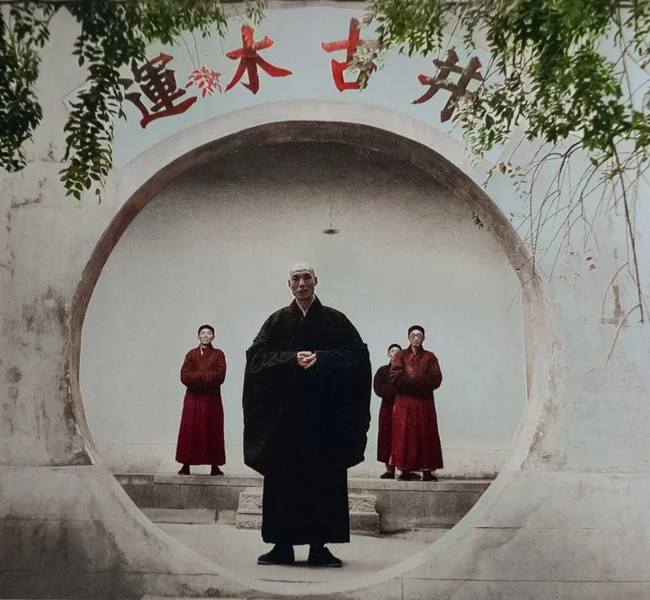
Strip club, Tokyo, Japan, 1951.
Striptease in Japan at the time was often associated with cabaret and other forms of entertainment. Dancers performed routines that could include both nudity and elements of traditional Japanese art, such as geisha-like moves.
Unlike classic Western striptease, Japan developed its own unique forms of erotic performance. For example, "strip-buta" (female striptease) often included elements of humor and theatricality, which made it less explicit than similar shows in the West. 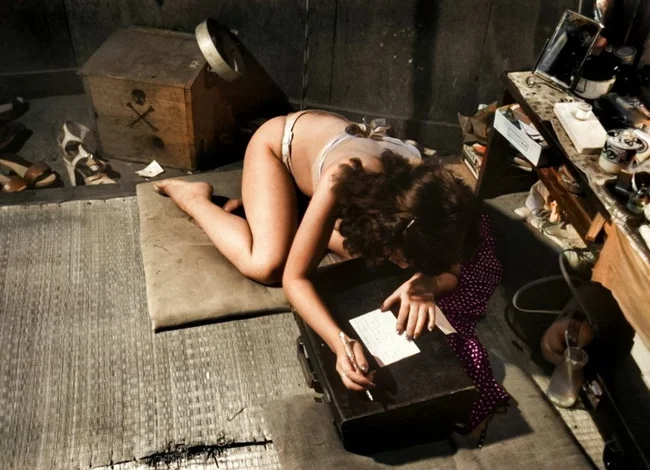
A Chinese man carrying millet. China. 1905. 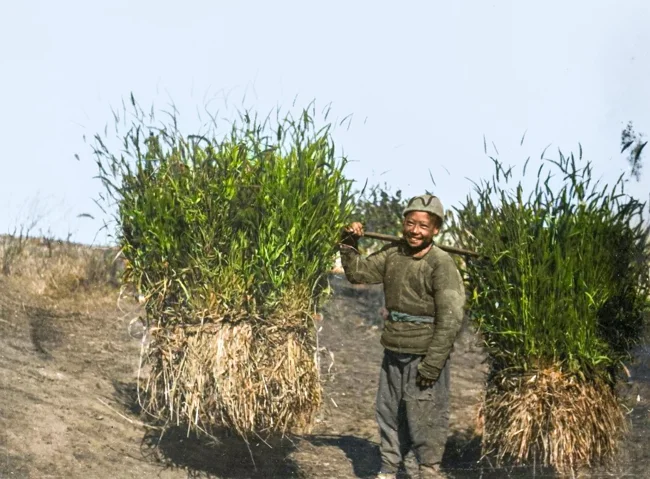
Untitled, from the series "Chewing Gum and Chocolate", Japan, 1969.
This photo is not as simple as it may seem at first glance.
The series of photographs "Chewing Gum and Chocolate" was created by Japanese photographer Shomei Tomatsu from 1958 over several decades.
This series is primarily dedicated to the Western cultural occupation of Japan, which the photographer was acutely aware of. He believed that the loss of national identity and blind copying of Western cultural values is the worst thing that can happen to the Japanese.
The symbol of this occupation was an American soldier who treated Japanese children to chocolate and chewing gum. Hence the name of the series.
The photos always contrast: Japanese dressed in Western fashion and children in school uniforms going to school (as in the photo above), or a Japanese woman in a T-shirt with Western stars and made up so that her natural Eastern appearance is not visible. Tragedy or natural development? 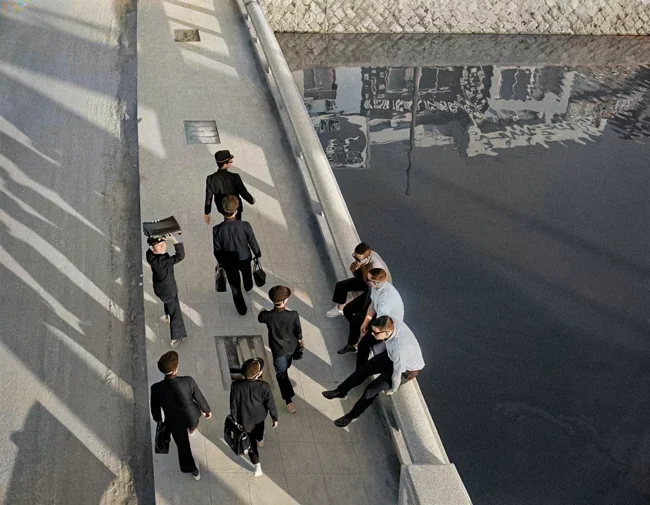
Untitled, from the series Pottery Town, Seto, Aichi, Japan, 1954. 